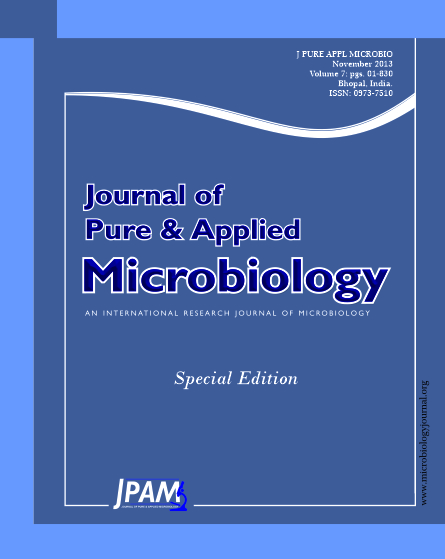As air conditioning system long-time running, microorganism like bacterium and fungus propagates easily in high humidity environment such as filter equipment. After the microorganism entering indoor environment through air conditioning system, the air quality would be affected seriously. Air conditioning system which is regarded as potential microbial pollution source is becoming more attention. The study is about isolation and identification of fungal microorganisms on the filter surface of the central air conditioning system in a gymnasium, and then researching on the colonies and mycelium grown and reproduce regular of fungal microorganisms in different thermal environment using thermal methods, aim to lay groundwork of propagation and diffusion mechanism study of fungal microorganisms in air conditioning system and effective air microbial contamination solve by thermal methods. By physiology biochemistry experiment and molecular biological identification, it is shown that the dominant fungi are Penicillium spp. and Cladosporium spp., colonies are 600cfu/cm2 and 140 cfu/cm2 respectively. Thermal experiment indicates that no matter constant or variable temperature conditions, the reproduce rate of Penicillium spp. is faster than Cladosporium spp. and the relationship between colony diameter and time is liner relation. Temperature change control does obvious restrain on Penicillium spp. and Cladosporium spp. has the same tendency.
Central air conditioning system, filter, fungi, isolation and identification, thermal response
© The Author(s) 2013. Open Access. This article is distributed under the terms of the Creative Commons Attribution 4.0 International License which permits unrestricted use, sharing, distribution, and reproduction in any medium, provided you give appropriate credit to the original author(s) and the source, provide a link to the Creative Commons license, and indicate if changes were made.


